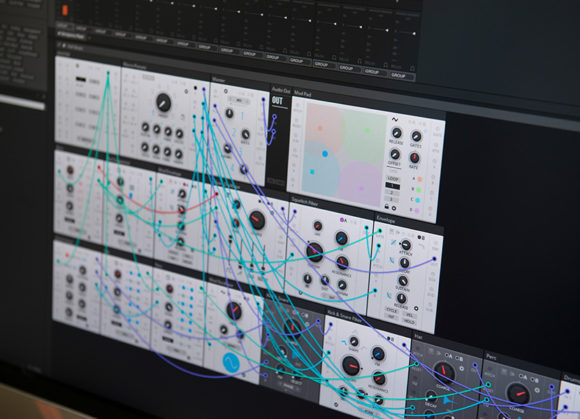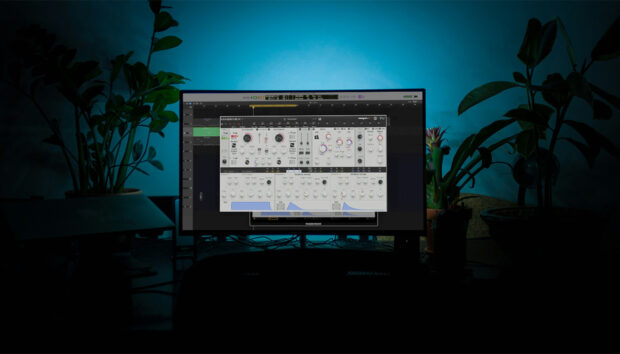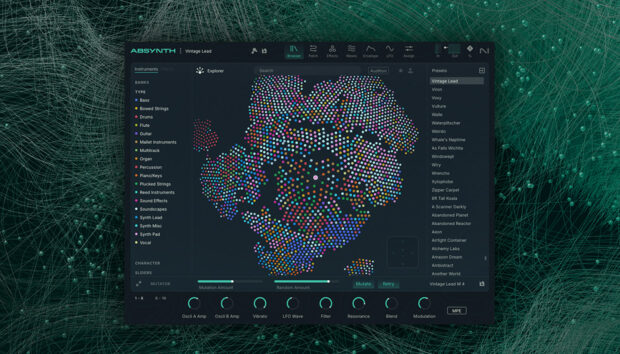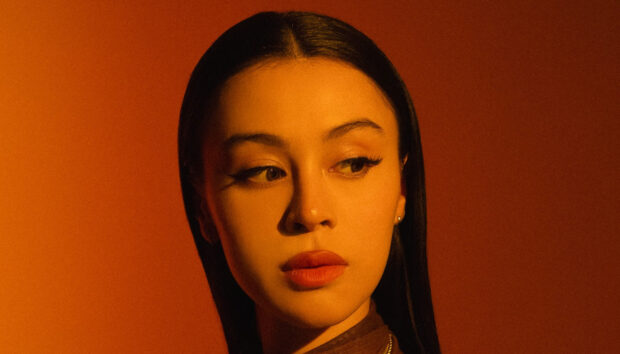
Toybox is a relatively new software developer and releasing some incredible modules for the Blocks platform. Blocks is a system derived from the open-source world of REAKTOR that embraces the front-panel patching ethos of hardware modular synthesis, with the advantage that software can take it to completely new dimensions.
Native Instruments has developed several Blocks that emulate traditional synth modules, but developers like Toybox have been drafted in for more out-there Blocks modules. For David Alexander, the man behind Toybox, the opportunity to develop for the platform is one that marries both a passion for music making – he is a successful songwriter and producer – with a long-held obsession with the computer and sound design.
“I started getting into computers at ten,” he recalls. “My dad was always into them and got things like the first Apple Mac when it came out, and when he was done with it I ended up inheriting whatever he upgraded. So I had this Apple Mac when I was ten and took it apart, and learned to write assembly code and how the 68000 processor worked. At 16, though, I’d had too much and went off in a completely different direction, getting into making hip hop and dance music, and that became an obsession.”
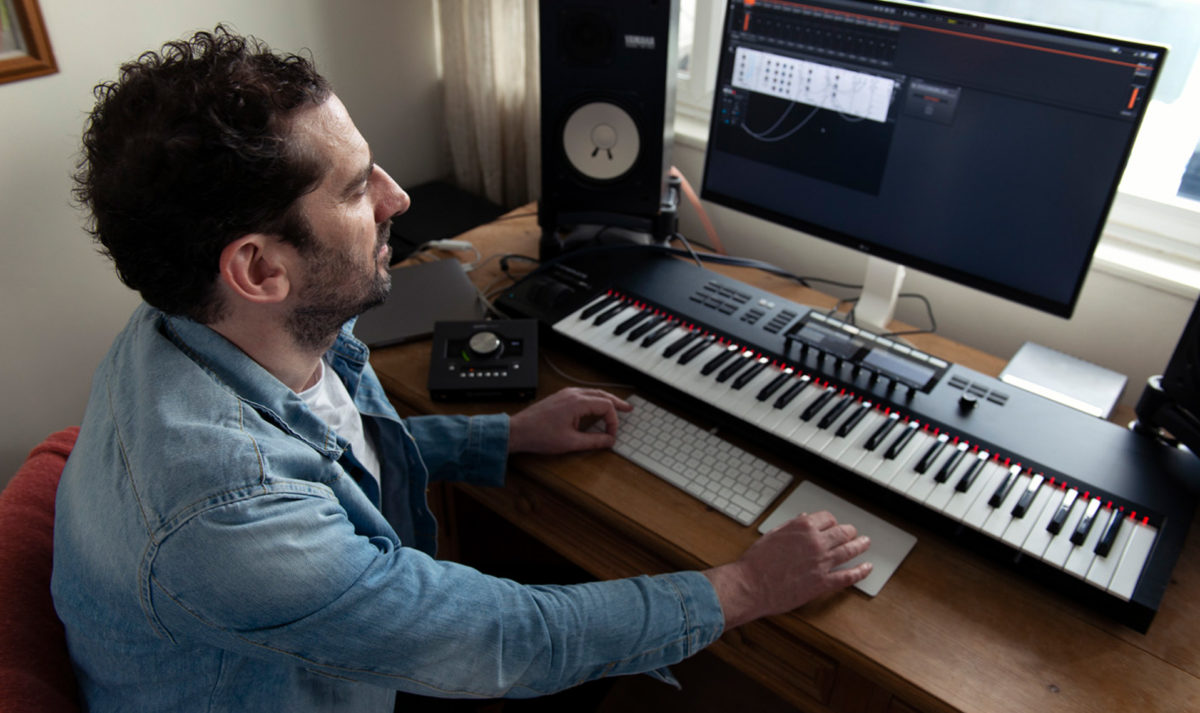
David turned that obsession into a successful career as a musician and songwriter for several pop acts, travelling between London and LA, but never lost his interest in the low-level nuts and bolts approach to sonic manipulation.
“I got Reaktor two years ago. As an artist I am really interested in blurring the boundary between composition and sound design, so instead of arranging notes you are arranging sounds, cycles and frequencies – it all comes down to the same thing, really. That’s what attracted me to Reaktor; instead of working with a VST and a piano roll, you have more capabilities to rewire and make things into crazy compositions. I really got into it quickly, and a year ago I built some quite interesting things in it.”
David had never considered taking these new developments much further, until he stumbled upon a particular forum post.
“Native Instruments posted on a Reaktor forum asking if anyone had anything interesting, so I sent them what I’d been making,” he says. “I was working on this modular thing and they were like, ‘wow, this is a great concept and exactly what we are working on!’. They explained their new Blocks idea and asked if I would be interested in doing something for it, and I thought ‘yeah!’. For the last six months, I have been heavily involved as I’ve been getting everything ready and creating so many Blocks. Now it’s finally out I can use them for my own music!”
“It’s been brilliant,” he continues. “I’m dealing with four or five people in the Reaktor team and they are the coolest bunch of guys. We’re on Skype every couple of weeks chatting about what I’m working on and they have been super helpful and really supportive – it’s a new thing so we’ve all been trying to make the best of it.”
Three for free
David’s Toybox Blocks run with the free REAKTOR Player. He has released a free set to add to two other free sets from Native Instruments (BLOCKS BASE) and fellow developer Michael Hetrick. “Michael is an amazingly-talented programmer and his stuff is a lot more mathematical and it’s super-interesting what you can do with them. His and mine really do complement each other. With all three free Blocks packs running on the free Reaktor Player, it’s really cool that you can get a really good modular setup totally for free.”
With the Toybox free pack, you get an incredible array of 44-modules including oscillators, filters, envelopes, effects, many utility modules and five sequencer blocks that David says are “designed to be compact and versatile so that multiple Blocks could be combined into a tree-like structure for a very non-linear approach to creating musical patterns.” He adds, “with my free pack I really think it’s more than an exchange of money. It’s what you contribute to a community and what you get in return is feedback from people in that community, and I’ll learn from that.”
His Toybox Free Pack is also a great advert for other packs of Blocks that Toybox sells including the Sampling Pack (USD $25) that David says, “includes a granular sampler that’s pretty deep, and a couple of blocks that you can record into like a real hardware sampler, with recording, manipulation and playback all completely control-able with modulation.” Then there’s the Floor Shakers pack (USD $25) which is “based on a couple of wavetable blocks that have similar features to those found on popular wavetable VSTs plus a few extra features”, plus the Designers Pack (USD $45) that “has a lot of creative blocks in it and some real gems. There’s really a lot of cool blocks in this pack, I had loads of fun making them!”
David is not standing still, though. He might have 130 Blocks already available, but his next one promises to be one of his best. “It’s called Cycle Divider and based on some of the ideas behind TidalCycles which is a live coding environment,” he says. “I really like that TidalCycles breaks composition down into raw and basic numerical structures. It’s a really beautiful and elegant system even though it is just text based. The Cycle Divider can slice up a signal in different ways and send the outputs to different sequences and re-arrange your musical phrases with a single knob. I’ve finished it and it’s going to be part of the free pack as it’s something that everyone should play with.”
David’s plans for the future include linking some of his many career paths together, and his new Cycle Divider release might well be that bridge. “I’m a songwriter and then I have this low-level computer programming to produce sound design, but really they are the same thing. You have sections, bridges and choruses here and frequencies and pitch relationships there, so my goal is to bring them together. That’s why the [TidalCycles] live coding thing is so interesting as it is all about that. I’d feel very creative bringing it all together and I think I’m going to get there!”
photo credits: Kristina Sälgvik









